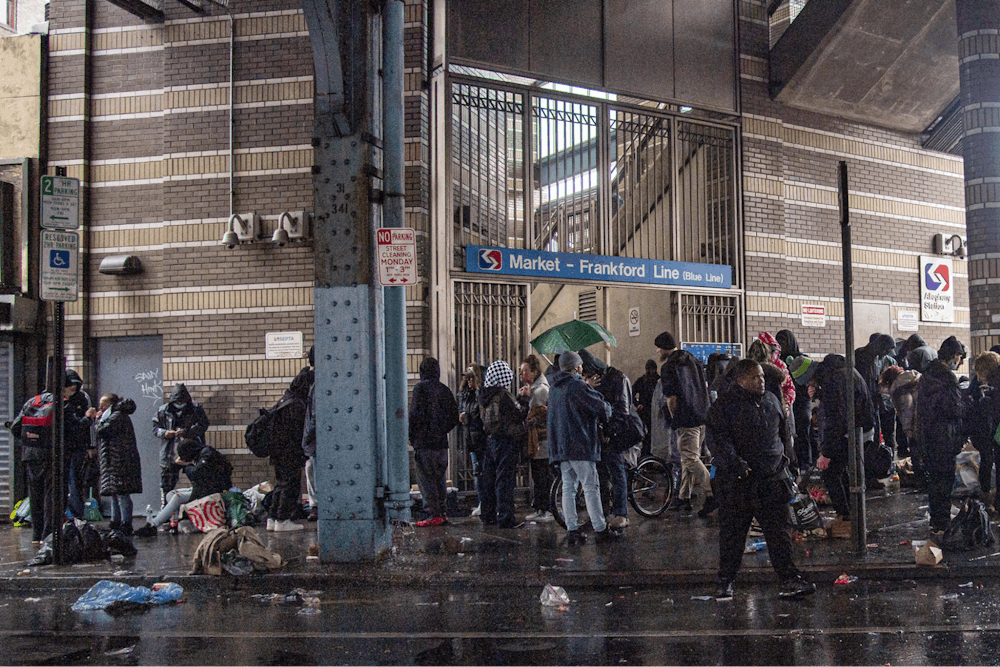Within the 135 square miles that make up Philadelphia lies the largest open-air drug market on the East Coast. The closer you are to the Market Frankford line, the more you can see the impact the Opioid crisis has had on the neighborhoods of Kensington, Allegheny, and others. Despite common belief, these people aren’t “zombies,” but rather victims of opioid campaigns from Big Pharma.
In the 1990s, people all over America were introduced to a new pain relief medication called Oxycontin, which quickly endeared itself to doctors and patients alike. The manufacturer of the drug, Purdue Pharma, promoted it heavily, hiring countless sales staff with the special slogan “less than one percent [get addicted]” to prescribers for moderate to major pain. And since it was FDA-approved, it took a while for patients to realize how quickly it changed their lives from finally being pain-free to being physically dependent.
At the time Oxycontin was being produced, there was no federal standard on marketing. Purdue mixed false and true claims to doctors across different fields—some with little to no pain management experience. By 2001, the company was making 1 billion dollars per year for the drug, making it the number one prescribed narcotic medication in the country.
As the demand grew, so did tolerance—people began breaking it down for other means of getting it into the body for a stronger, albeit shorter, high. Eventually, as coverage of the growing crisis became prevalent, the average patient’s ability to receive more greatly decreased. This now-addicted base turned to heroin, illegally made fentanyl, and methamphetamines to continue the dependency they’d grown so accustomed to.
Throughout high school, catching a ride home on the L has been the fastest—yet scariest—way to commute. “One time, my friend and I were on the El and this lady had a bag with her. From where we were seated, we could only see a couple of needles atop the bag. When she got off, we were asked if we were the owners of the abandoned bag by a police officer. We didn’t get to see the actuality of the contents until we got up—which was a lot more than we expected,” says high school junior, Rowan Arthur.
Drug dealers and drugs exist everywhere, so what made Kensington special enough to become home to such a large market? All fingers point to the shuttered factories and mills that line the streets. As cheaper foreign-made goods like iron and steel became readily available to Americans, Kensington prices just couldn’t compete and jobs disappeared. A whole blue-collar community slowly fell into disarray just in time for the “War on Drugs.” Now, the Opioid Crisis, with its new addition of Tranq, has it in its firm grip.
We need to prioritize uplifting communities that have been overtaken by overdoses, poverty, and violence, which can only be done when we stop thinking of these victims as people rather than perpetrators. Philadelphia will receive 200 million dollars over the course of eighteen years as a part of an opioid settlement to spend on revitalizing neighborhoods most affected by these drugs. How can that compete with an almost billion-dollar industry?




